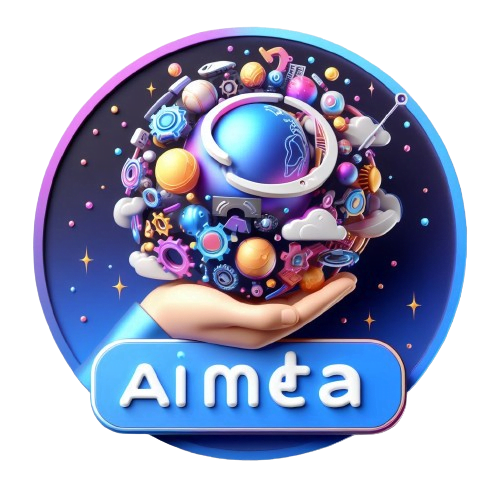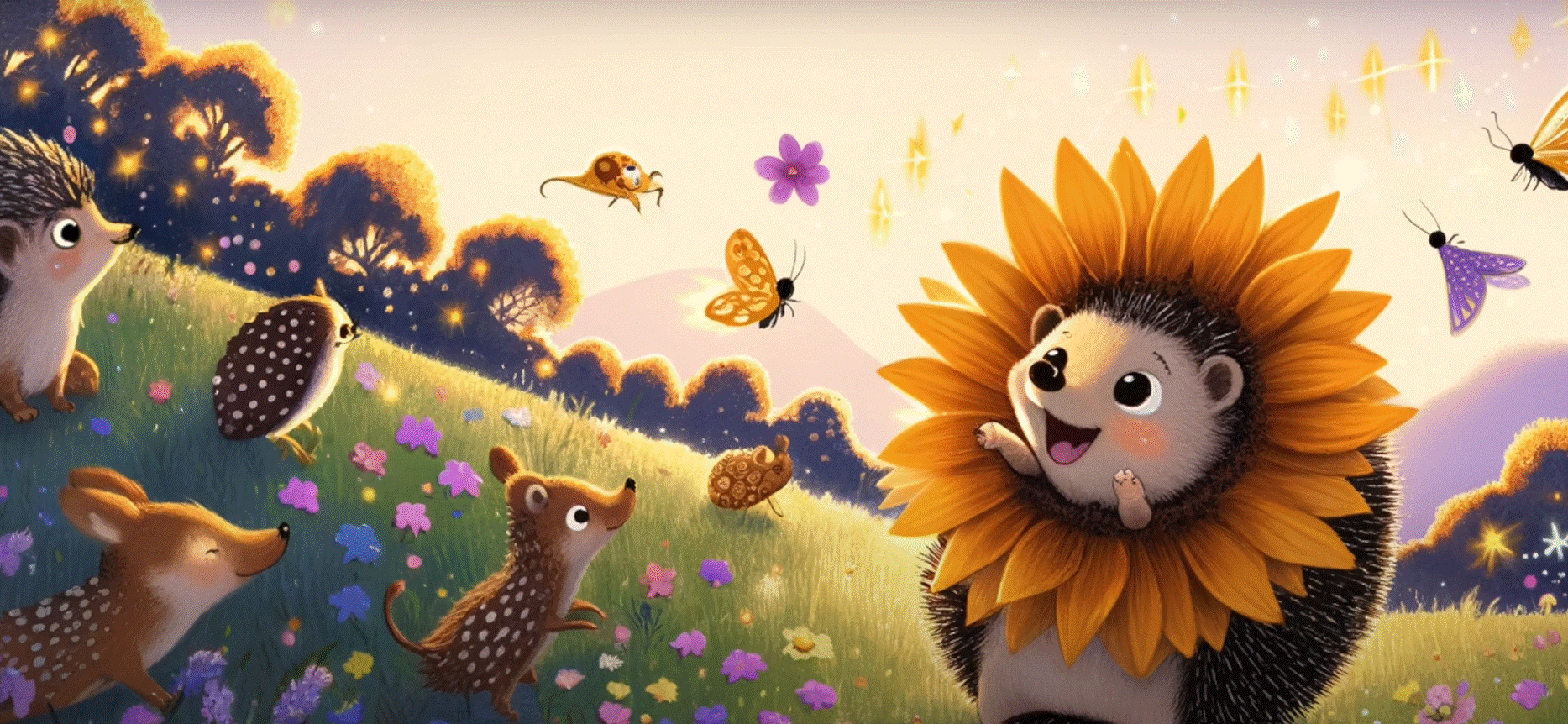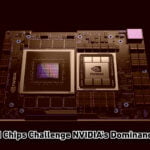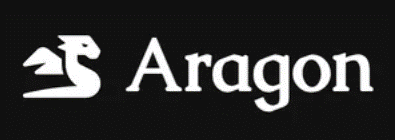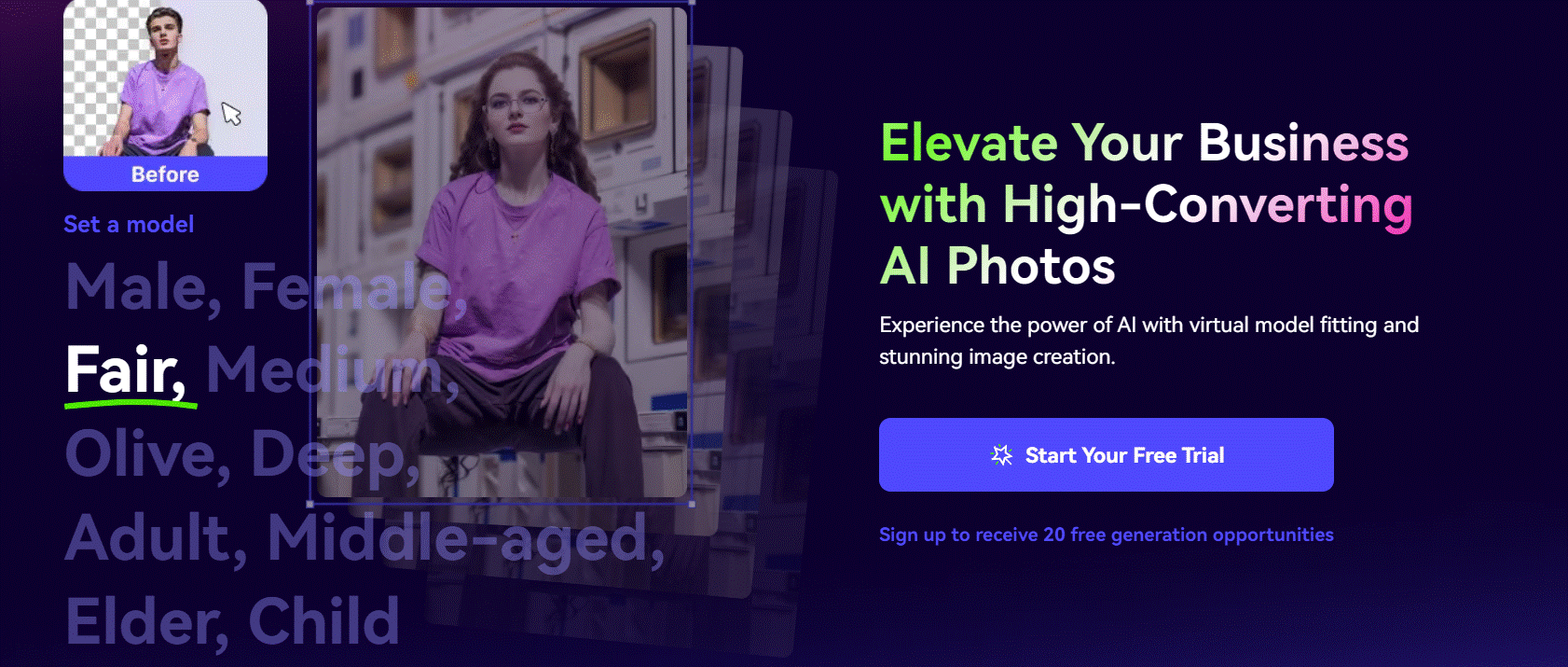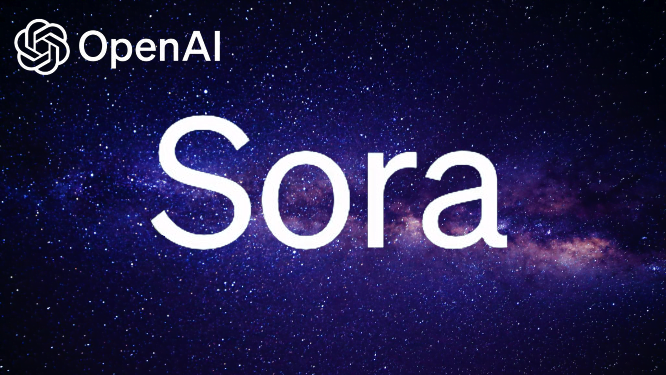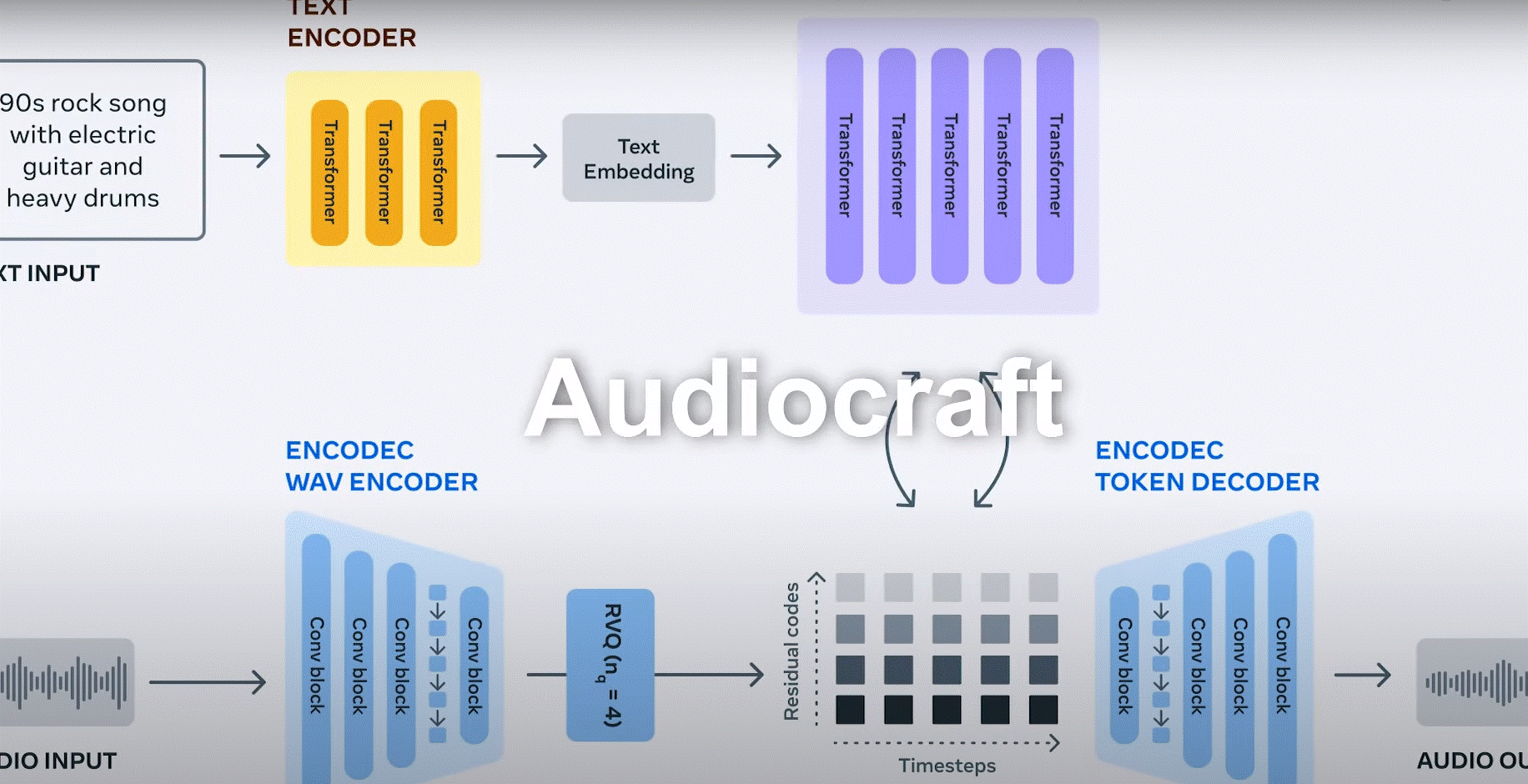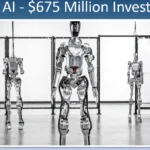Sora is an AI model developed by OpenAI that can transform simple text descriptions into dynamic, realistic videos. It’s like having a creative video producer at your fingertips! Sora generates videos up to a minute long while maintaining visual quality and adhering to the user’s prompt. Whether you want stylish city scenes, woolly mammoths in snowy meadows, or even movie trailers, Sora can bring your imagination to life
What is SORA OpenAI?
Sora is an advanced text-to-video model meticulously crafted by OpenAI, a renowned artificial intelligence research organization based in America.
This cutting-edge technology empowers users with the ability to effortlessly generate videos through descriptive prompts.
Sora’s versatility extends beyond mere video creation; it can seamlessly elongate existing videos, either propelling them into the future or rewinding them into the past. Additionally, Sora boasts the remarkable capability to breathe life into still images, transforming static visuals into dynamic, engaging videos.
With its ingenuity and sophistication, Sora exemplifies the forefront of AI-driven video synthesis, offering a powerful tool for content creators and enthusiasts alike.
SORA AI Video - Demo
- Midjourney Video Updates + A Deeper Look at Sora: A YouTube video that discusses AI filmmaking news
- Sora AI: Will Change The Global Economy FOREVER: A YouTube video that discusses security risks
Use Case SORA
Below are the use cases of Open AI Sora
Text-to-video:
- Transform text instructions into fully realized videos.
- Generate complete videos from scratch or add content to existing ones.
Image animation:
- Animate static images, bringing them to life with dynamic movements.
Video continuation:
- Extend the duration of a video seamlessly, either forward or backward in time.
Video editing:
- Modify video settings, backgrounds, or other elements with ease.
Virtual training simulations:
- Create realistic training videos simulating scenarios relevant to industries like healthcare, finance, and aviation.
Video mock-ups:
- Generate video mock-ups for professional purposes, such as visualizing event walkthroughs like weddings.
Other use cases:
- Social media: Enhance content creation for platforms like Instagram, Facebook, and Twitter.
- Advertising: Develop captivating and innovative video ads.
- Marketing: Create engaging promotional videos for products or services.
- Prototyping: Generate video prototypes for product development.
- Concept visualization: Bring ideas and concepts to life through visually appealing videos.
- Synthetic data generation: Produce artificial yet realistic video data for research and development purposes.
How Sora OpenAI Work?
How Sora works its explained by Nvidia Below are the high level details
1. Generative Models:
- Generative models, like Sora AI, are part of machine learning. They learn from data to create new, realistic data. In Sora’s case, it specializes in generating videos based on learned patterns.
2. Text-to-Video Transformation:
- Sora’s primary function is transforming written prompts into dynamic videos. Just tell Sora what you want, and it works its magic to create engaging visual content.
3. Diffusion Models Approach:
- Sora’s uniqueness lies in its use of diffusion models. This technique involves a two-step process: forward diffusion and parametrized reverse.
4. Forward Diffusion:
- The forward diffusion gradually transforms a video frame into static noise. This process happens step by step, with each step injecting a bit of randomness.
5. Parametrized Reverse:
- The parametrized reverse process undoes the diffusion, iteratively denoising the noisy frames to generate realistic data, such as images or videos.
6. Continuous-Time Diffusion Models:
- Sora can operate in both discrete and continuous time. The continuous-time diffusion models describe the transformation smoothly, allowing for more flexibility.
7. Challenges and Solutions:
- While diffusion models like Sora excel in producing high-quality and diverse samples, they can be slow in generating results, requiring significant computation time. This challenge has sparked ongoing research to speed up the sampling process.
Sora AI Functionality in Details
Generative Models Evolution: Previous studies on generative modeling of video data have explored various techniques, such as recurrent networks, generative adversarial networks (GANs), autoregressive transformers, and diffusion models. Sora stands out as a versatile model for visual data, capable of generating videos and images with varying durations, aspect ratios, and resolutions, spanning up to a full minute of high-definition video.
Transforming Visual Data into Patches: Taking inspiration from (LLMs) large language models, which excel with internet-enhance data, this AI tool uses a similar concept but with visual patches instead of text tokens. Patches are evident to be a highly scalable and effective representation for training generative models on diverse videos and images.

Video Compression and Latent Patches: Sora’s process involves compressing videos into a lower-dimensional latent space and decomposing the representation into spacetime patches. A video compression network is trained for dimensionality reduction, and spacetime patches are extracted to serve as transformer tokens, offering scalability and adaptability.
Scaling with Diffusion Transformers: As a diffusion model, Sora predicts “clean” patches from input noisy patches, leveraging diffusion transformers. This proves effective in scaling for video models, showcasing remarkable improvements in sample quality as training compute increases.

Variable Resolutions and Aspect Ratios: Unlike past approaches that standardized video sizes, Sora embraces training on data at its native size. This approach enhances sampling flexibility, allowing Sora to generate content for different devices directly at their native aspect ratios and improve framing and composition.
Language Understanding Integration: Sora’s training for text-to-video generation involves a re-captioning technique, enhancing text fidelity and overall video quality. Leveraging GPT for user prompts enables Sora to generate high-quality videos accurately following user instructions.
Prompting with Images and Videos: Sora goes beyond text-to-video, allowing prompts with other inputs like pre-existing images or videos. This capability opens avenues for various image and video editing tasks, such as creating looping videos, animating static images, and extending videos in time.
Animating DALL·E Images: Sora showcases its capability to generate videos based on DALL·E images, displaying versatility in translating diverse visual prompts into dynamic content.
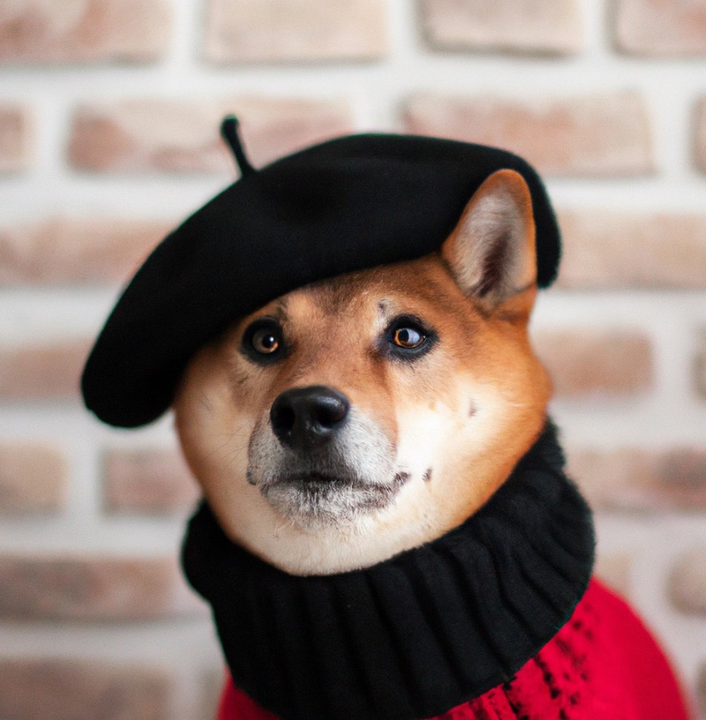
Extending Generated Videos: Sora extends videos backward or forward in time, showcasing its ability to create seamless infinite loops and offering practical applications in video editing.
Video-to-Video Editing: Utilizing diffusion models, Sora employs methods like SDEdit for zero-shot video style transformations, allowing creative and dynamic video editing.
Make sure to follow @dr_cintas for more.
— Alvaro Cintas (@dr_cintas) February 18, 2024
You can subscribe here on X too for extra content that I will be sharing 🙂
And I have a newsletter for important updates: https://t.co/M1CuAcXAtg https://t.co/r64OZwxh8L
Limitations of Sora Model
Limitation Challenges and Considerations in Sora’s Usage
Lack of Physical Accuracy:
While Sora showcases remarkable capabilities, it encounters challenges in accurately representing specific physical situations and causality. Instances like interpreting traces on a cookie post-consumption pose difficulties, leading to potential inconsistencies in the generated videos. These limitations impact the model’s reliability in faithfully reproducing intricate physical details.
Left-Right Confusion:
Sora occasionally exhibits confusion between left and right, resulting in misrepresentations of object positions or directional cues within the generated content. This aspect may influence user experience by introducing inaccuracies in the visual narrative. Acknowledging these limitations, ongoing development efforts by OpenAI aim to address and refine Sora’s performance in these areas.
Safety Concerns:
OpenAI, while committed to ensuring a secure usage environment, has not disclosed Sora’s release date. The platform adheres to established safety standards, prohibiting extreme violence, sexual content, hateful imagery, celebrity portrayals, and intellectual property infringement. However, complete prevention of all forms of misuse is challenging. Users are advised to exercise caution when using Sora, and OpenAI emphasizes continuous efforts to enhance safety measures, prioritizing user well-being. As development progresses, OpenAI remains dedicated to refining safety protocols for a more secure user experience.
Sora Vs Lumiere Vs RunwayML Vs Kaiber AI
| AI Tool | Developed By | Resolution | Video Duration | Composition | Advanced Features | Cost (Starting) |
|---|---|---|---|---|---|---|
| Lumiere | 512 × 512 px | ~5 seconds | Single shot | Limited | N/A | |
| Sora | OpenAI | Up to 1920 × 1080 px | Up to 60 seconds | Multiple shots | Diffusion transformer model | N/A |
| RunwayML | RunwayML | 720P | Up to 16 seconds | Single shot | Filters and styles | $15/month |
| Kaiber AI | Kaiber AI | N/A | Up to 4 minutes | Single shot | Respectable videos | $15/month |
Lumiere: Presented by Google, Lumiere stands out as a text-to-video model designed to create captivating visual content.
Resolution Limitation: Lumiere’s video generation is constrained to a resolution of 512 × 512 pixels.
Video Duration: Lumiere produces videos with a standard duration of approximately 5 seconds.
Composition Constraints: Lumiere has limitations in creating videos composed of multiple shots, focusing on delivering high-quality videos within specific parameters.
Sora: Developed by OpenAI, Sora emerges as an innovative generative AI system with expanded capabilities.
Resolution Flexibility: Sora exhibits versatility by generating videos with resolutions of up to 1920 × 1080 pixels, accommodating various aspect ratios.
Extended Video Duration: Sora’s videos have the capability to reach a maximum duration of 60 seconds, allowing for increased flexibility in the creation of content.
Improve Composition: Sora surpasses basic video generation by seamlessly handling video-editing tasks, including the creation of videos from images or existing videos, the amalgamation of elements from different videos, and the extension of video durations. Cutting-Edge.
Advanced Features: Sora goes beyond basic video generation. It can seamlessly handle video-editing tasks, such as creating videos from images or existing videos, combining elements from different videos, and extending videos in time.
Diffusion Transformer Model: Sora employs an innovative “diffusion transformer model” that integrates features from both text and image-generating tools. This model enhances coherence and consistency between frames, resulting in an elevated overall quality of the generated content.
Open AI SORA for my business
OpenAI Sora is a powerful text-to-video model that bridges the gap between words and moving images. While it’s not yet publicly available, here’s how it can potentially assist your business:
Custom Video Generation:
- With Sora, you can create videos without expensive filming. It generates custom visuals tailored to your brand based on text prompts.
- Imagine streamlined explainer ads, localized marketing content, and dynamic social media engagement—all without the need for extensive video production1.
Versatility Across Industries:
- Sora’s versatility extends beyond conventional content creation. It can be applied in various fields:
- Entertainment: Create captivating scenes for movies, trailers, or animations.
- Education: Visualize complex concepts or enhance learning materials.
- Marketing: Craft engaging promotional videos or advertisements.
- And more! The possibilities are vast2.
- Sora’s versatility extends beyond conventional content creation. It can be applied in various fields:
Problem-Solving with Real-World Interaction:
- Sora aims to understand and simulate the physical world in motion.
- As it evolves, it will help people solve problems that require real-world interaction through video representation.
Keep an eye out for updates on Sora’s availability.
Closing Note
We know open AI introduced the AI Revalution Via Chat GPT product, Now SORA AI one of the same thing for the Video and Image World.
While this technology holds the potential to significantly benefit education, the risk of misuse by malicious users underscores the importance of implementing safeguards and ethical guidelines. Striking a balance is crucial to ensure responsible and positive utilization for the greater good of society.
Govt and technology partner need to bring some rules for the use of AI to public user or they can give only to Institutional user.
by looking its feel that Open AI Sora is best AI tool on Video generation in todays world.
